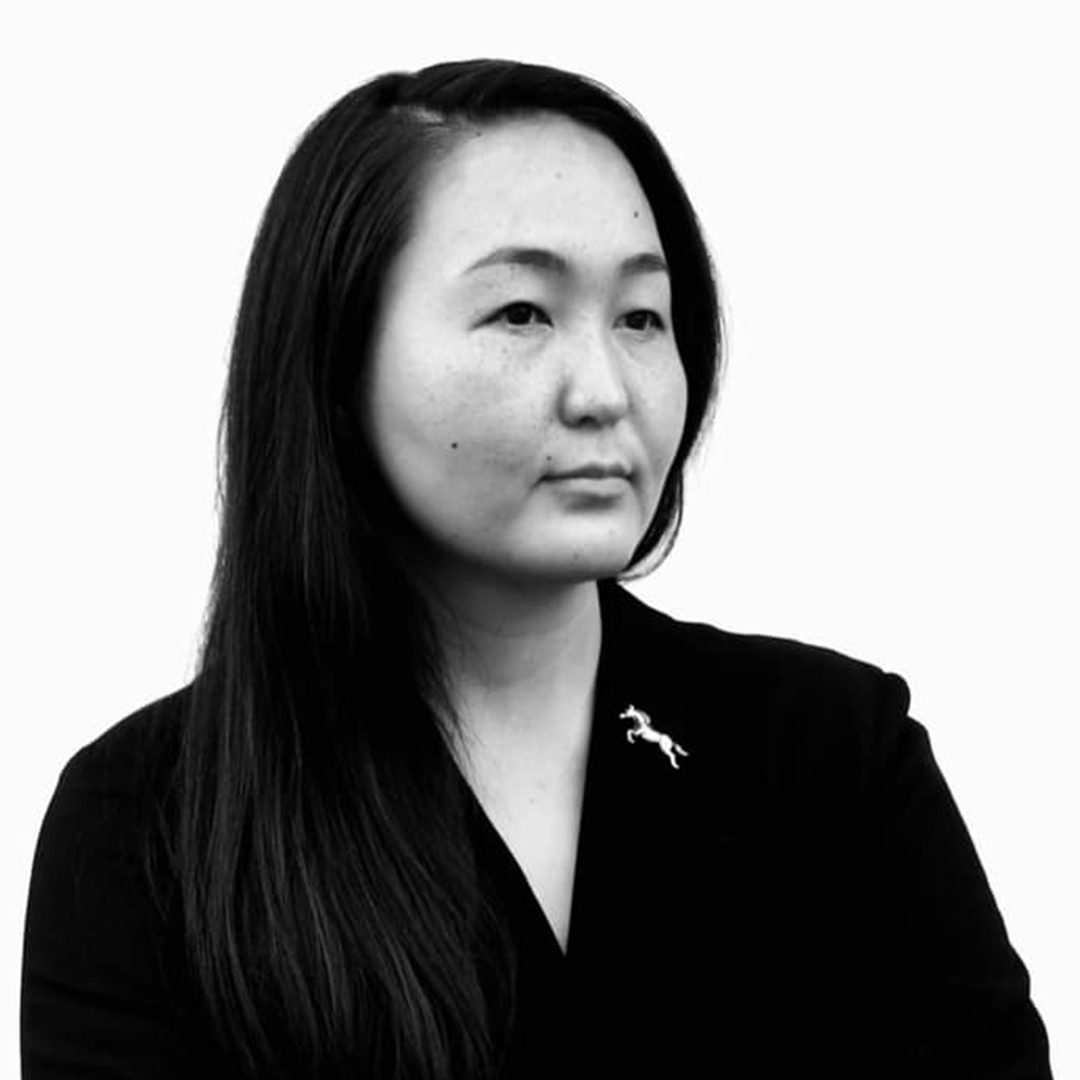
Altynai Osmoeva
Venera Jengeler, 2023
Triptych of round wall pieces from felt, cupro-nickel and Swarovski crystals.
Venus Jengeler is an artistic expression rooted in the rich heritage of Central Asia,
where felt holds ancient significance among semi-nomadic communities. This concept intertwines tradition with innovation, weaving together the tactile warmth of felt with the enduring strength of metal. At its core, Venus Jengeler delves into the essence of cultural identity and the transformative power of tradition. The act of pouring silver or cupro nickel onto felt symbolizes more than a mere artistic technique—it mirrors the process of embedding cultural experiences and ancestral wisdom into our very being. Just as the silver liquid burns and seeps into the fibres of felt, marrying each other, shaping and moulding them, so too do our cultural roots shape us, moulding us into the individuals we become. Central to this concept is the imagery of women as Venuses, celestial beings traversing the cosmos within each of us. Venus Jengeler encapsulates the essence of this celestial journey, symbolizing the interconnectedness of humanity and the cyclical nature of life. As celestial nomads journeying through the Circle of Life, Venus Jengeler invites viewers to embark on a profound exploration of identity, tradition, and the universal human experience. Through the fusion of felt and metal, this concept transcends cultural boundaries, offering a glimpse into the timeless beauty and resilience of the spirit of women.
In the heart of the Central Asian turmoil, where women endure the weight of societal shackles and political unrest, “Free Precious Women” emerges—an artwork by artist Altynai Osmoeva performed by Zere Asylbek, a singer and activist, blending ancient Kyrgyz craft of silverwork with the modern spirit of activism.
In the nomadic landscapes of Kyrgyzstan, where silver and jewelry gleam as a symbol of tradition and reverence, a new narrative emerges—one woven with threads of courage, defiance, and artistic expression. Traditional silver jewelry is reimagined as objects of oppression, limitation of freedom of women and simultaneously transcends adornment, becoming symbols of defiance, protest, and liberation.
- Silver tiara in the form of a tumar, a triangle symbol for protection, with an engraved Kyrgyz proverb: The wisdom comes from the head, the precious stone from the rocks.
- Silver brows with engraved words: Truth, Liberty, Equality, which is covered by a removable piece with opposing words: Dishonesty, Captivity, Discrimination.
- Silver glasses with fire-shaped irises and hanging quartz clear teardrops (restricting vision).
- Silver ear cuffs with a traditional oimo pattern (restricting hearing).
- Silver nose cuff with a traditional oimo pattern (restricting breathing).
- Eye patch with a proverb: Truth pierces the eyes.
- Mouthpiece in the shape of a hand (restricting freedom of speech).
- Choker with a proverb: One can get beheaded, but cannot be restricted in freedom of speech! It comes with a removable silver piece with opposing words: Shut up! Keep quiet! (restricting freedom of speech).
- Earrings with words: Love and Respect (in Kyrgyz traditional culture, the earrings were gifted to a future bride by the family of her future husband and were symbols of commitment and promise).
- Bracelets with words: Justice and Freedom. The bracelets become shackles/handcuffs with an attached silver chain.
- Pin in the shape of a heart with Umay oimo – a pattern that signifies the goddess of fertility in Turkic mythology and Tengriism, Mother Earth, and as such related to women, mothers, and children.
- Felt collar bibs with the word WOMAN and breasts to signify the heaviness of legacy, knowledge, and fate that women are born with and wear throughout life.
Through design and bold statements inspired by traditional Kyrgyz proverbs and signs on protest posters, each jewelry piece resembles both a restrictive object and armor. As each piece adorns the wearer, it becomes a beacon of protest and hope, a reminder of the resilience inherent in womanhood. With every stroke of the artisan’s hand, a silent protest is etched into existence, echoing through the annals of time—a testament to the indomitable spirit of those who refuse to be silenced. As silver gleams, so does the resilience of those reclaiming their voices and autonomy. In this fusion of art and activism, Free Precious Women — a testament to the power of women to shape their own destiny and to the power of art as a catalyst for change. In a world plagued by injustice and inequality, it serves as a reminder that even the smallest of actions—crafted with intention and imbued with meaning—can spark a change.
